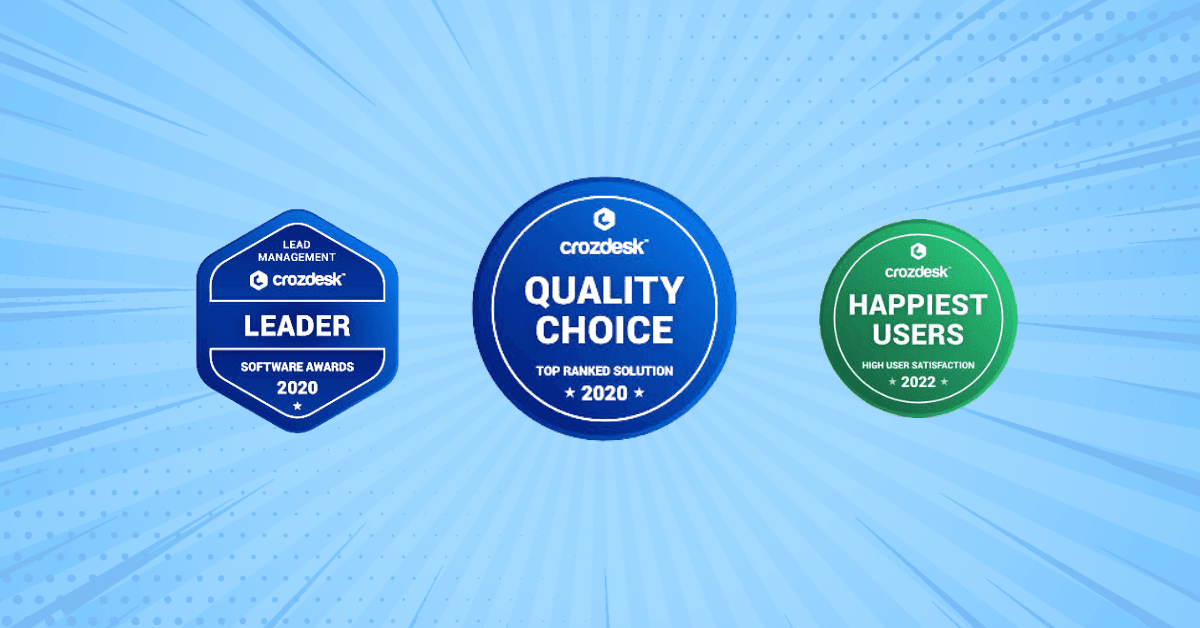
Today’s recruitment world is fast-moving and dynamic. As new jobs are being created every day, analyzing cost per hire is always a priority for companies. So, as a hiring manager, it is your responsibility to make the most out of the hiring budget. Reducing your cost per hire is indeed a gruesome task. So, here are our insights on how you can minimize your cost per hire without compromising your recruitment quality.
Did you know that it can take up to six months for a company to make up the money it spent on a new hire! So, before jumping into how’s, let’s take a brief look at what is the cost per hire and how important it is for your company.
What Is Cost Per Hire (CPH)?
Cost per hire is undeniably one of the most important recruiting metrics that recruiting managers need to keep a track of at all times Cost per hire (CPH), as the name already suggests, is the overall amount that costs you for every individual hire.
4 tips on how you can minimize your cost per hire:
1. Build A Talent Community In Advance
Recruiting great employees amidst the sea of eligible candidates can be a bootless errand. So, building a talent pipeline of qualified candidates can do wonders for reducing your cost per hire. You might be wondering how a strong talent pipeline helps in reducing costs? Here’s how it is.
When a position opens up in your organization, you can source talent from this talent pipeline and hire an employee faster. This should help you save a bunch of external recruiting costs like advertising the job and interviewing wrong fits. So, recruiters should engage with the candidates and build a talent community that they can refer to in their future recruiting.
2. Leverage Social Media For Hiring
Over the years, social media has made a huge impact on our lives. In fact, it is a major part of our lives. Everyone uses social media, not only for socializing but even for a job hunt. So, social media is a free and widely popular recruiting platform where you can get valuable candidates without spending a penny.
Your social media accounts can be a great way to provide your potential employees a glimpse of your company’s values, goals, and day-to-day operations. So, using social media will not only reduce your cost per hire but also help you target great candidates and hire great employees.
3. Invest In Recruitment Automation Tools
They say time is money. So, you can save a lot of time and that’s why expenses by investing in recruitment automation tools. A recruitment automation tool is simply software that is designed to automate the recruiting process. The most commonly used recruitment automation tool is an applicant tracking system. An Applicant Tracking System is an all-in-one recruitment automation software that is used by many recruiters to optimize their entire hiring process.
So, instead of doing tedious tasks manually, suitable recruitment software can automate various elements of your entire hiring process. This will help you speed up your hiring process and save you tons of money on hiring great employees.
4. Use an Employee Referral Program
Employee referral programs are long-term hiring strategies that can help you minimize cost-per-hire effectively. With the inability to meet in-person and other physical constraints, a referral program might be a great idea for hiring great employees while saving costs. Also, if you have a busy hiring team, employee referrals can reduce your hiring time.
Recruiters can leverage the candidate’s professional network and reel in new talents. By implementing a referral program, you can get your employees invested in the recruitment process. So, employees that are hired through referrals are not only skilled but also are less likely to leave.
How To Calculate Your CPH?
Formula:
CPH = Total Cost of Hiring / Number of Hires
Steps to Calculate CPH:
Identify Hiring Costs:
Internal Costs:
- Time spent by HR staff on recruitment activities
- Employee resources used for interviews and referrals
- Overtime pay for recruitment tasks
- Lost productivity due to recruitment efforts
External Costs:
- Costs associated with job postings, social media ads, and other recruitment advertising.
- Costs incurred if a recruitment agency is used.
- Fees paid for conducting background checks on candidates.
- Expenses for relocating new hires, if applicable.
- Costs associated with training and welcoming new employees.
Calculate Total Hiring Costs: Add up all the internal and external costs.
Determine Number of Hires: Count the number of new employees hired during a specific period.
Divide Total Costs by Number of Hires: Use the formula to calculate the CPH.
Interpreting CPH:
- Lower CPH: Indicates more efficient recruitment processes.
- Higher CPH: Might suggest inefficiencies or increased costs in the hiring process.
Remember: CPH can vary depending on factors like industry, company size, location, and recruitment strategies. It’s essential to compare your CPH to industry benchmarks and make adjustments as needed to improve your hiring efficiency.
The Bottom Line
Cost per hire is a critical metric for hiring managers, as it directly impacts the bottom line. While reducing the hiring budget is a common goal, it’s essential to remember that compromising on quality can lead to costly mistakes and rehiring efforts.
At Recooty, we believe in a balanced approach: optimizing your hiring process to minimize costs without sacrificing talent. Our affordable packages offer a range of features designed to streamline your recruitment efforts, from AI-powered candidate sourcing to efficient onboarding.
Frequently asked questions
Cost per hire is a metric that measures the total cost of hiring a new employee.
When calculating cost per hire, you should include both internal and external costs. Internal costs might include time spent by HR staff, employee resources used for interviews, and lost productivity. External costs could be advertising expenses, agency fees, background checks, and relocation costs.
The average cost per hire varies significantly depending on factors like industry, company size, location, and recruitment strategies. It’s difficult to provide an exact figure. However, benchmarking your cost per hire against industry standards can help you assess the efficiency of your recruitment processes.
Cost Per Hire is calculated by dividing the total cost of recruitment by the number of successful hires. A lower cost per hire indicates more efficient recruitment processes.





